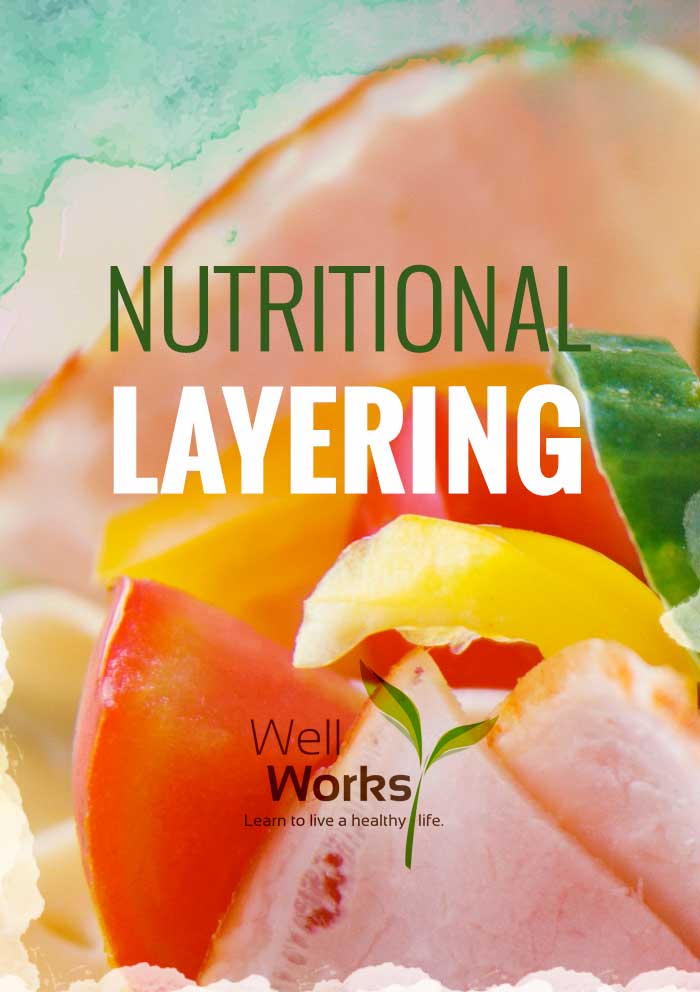Nutritional Layering
Healthy cooking is an important part of my daily routine, and recently I have challenged myself to prepare dishes that include as many good-for-me components as possible, with the goal of utilizing only meaningful ingredients. I have coined this way of cooking “Nutritional Layering.”

Being mindful of Nutritional Layering has added an exciting element to cooking. When I research recipes, for example, I find myself immediately editing the ingredient list to include those that pack a powerful punch of vitamins and nutrients. For instance, I tend to make broths and stocks at home because I can add a multitude of quality nutrients by simply adding elements such as dried mushrooms, which contain immune supportive properties, Kombu, which is similar to seaweed and contains high levels of iodine and fiber, fermented miso, which contains a dense concentration of nutrients, and even a simple bay leaf, as it includes healthy compounds, folic acid and vitamins.
Add Nutrients and Complexity to Cooking
Another of my favorite dishes to prepare and enjoy is an easy Confetti Slaw, which contains cabbage, bell peppers, garlic, onions, high-quality olive oil and plenty of citrus, herbs and spices. Not only is the slaw beautiful to behold and delicious, but the ingredients offer an abundance of phytonutrients, which are beneficial to health and are believed to help prevent various diseases. Layer upon layer, these ingredients add necessary nutrients and complexity to cooking.
Cooking-Conscious Crops
My interest in Nutritional Layering has extended to my beloved garden as well, where my cooking-conscious crops include medicinal herbs, trees and plants that make for a lovely yard while ultimately producing a healthy, edible harvest. Indoors, I have even enriched my water intake by adding citrus, such as lemon and orange slices, and herbs, mainly mint and tarragon, into the pitcher that is a constant in my refrigerator.
And so, the next time you’re in the kitchen, perhaps you could make the most of your meal by layering healthy, quality ingredients. Knowing that you’re consuming the best possible components will boost your mood, help your health and, naturally, make for a superb supper.


